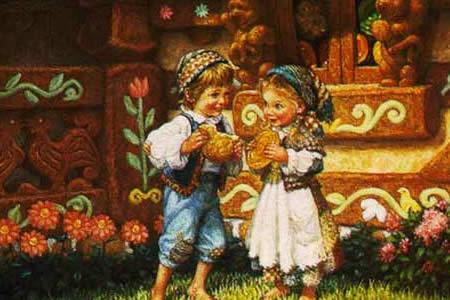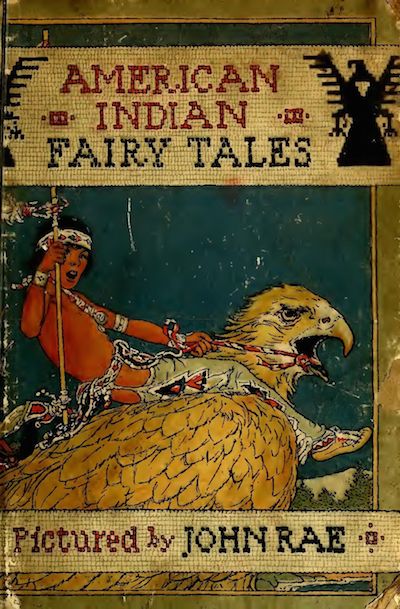Freud Concepts in Fairy Tales
Two fairy tales that we have read lately have children as the
hero of the fairy tale! This includes “Little Thumbling” by Charles Perrault, and
“Hansel and Gretel” by Brothers Grimm. Freud came up with a concept that everyone’s
psyche is made up of three aspects: an ID, ego, and a superego. Freud stated
that the ID is primarily (and frankly, only) concerned with satisfying human
needs and wants efficiently and timely. The superego is where the human morals
are stored, this is the one that tells you to be a good person, to do the right
thing. And finally, the ego is the special one that performs a balancing act
between the demanding, self-centered ID, and the righteous, do-no-wrong superego.
In Charles Perrault’s “Little Thumbling,” the audience can observe
all three parts of the human psyche portrayed. For example, the ogre may be an
ID element! The ogre only desires to eat the boys, which leads him to accidentally
kill his own daughters. This want/need to satisfy that feeling of hunger drives
him to chase to boys down, in attempt to avenge the deaths of his daughters
(and to get himself dinner, of course). Also, the ogre has no concept of empathy
or remorse, he is only self-centered and concerned about his own hunger and
grief. This is proven when the ogre leaves his wife at their home all alone
when he chases after Thumbling and his brothers. The ogre knows his wife lost
daughters too, but there is no hard-feelings for her, no empathy as said before.
The ID is also shown when Thumbling himself chooses to deceive the ogre into
thinking the daughters were his brothers and ends up being the reason the seven
daughters are dead. This was a selfish act to keep himself alive (purely ID). Thumbling
next uses his ego when he considers his brothers and their well-being and decides
to save them, even though they weren’t the nicest and most brotherly to him.
In the Brothers’ Grimm tale, there is also many displays of
Freud’s ID, ego, and superego in “Hansel and Gretel”. In the woods, the
children suffer from starvation and fatigue and grief (from being exiled from
their home and abandoned by their parents). This combination of elements allows
their IDs to become stronger and more apparent throughout the tale. The kids
know that their impulsive decision to eat the house is wrong (superego), but
the ID tells them to eat it anyway to satisfy that hunger. Eventually their ego’s
are represented when they start to become more mature and shape into their young
hero forms. The duo begins to think logically and they devise plans to escape
the witch. Finally, they are aware that murdering someone (even someone as
horrible as the witch) and deceiving them is bad—which is the superego talking—but
they are too concerned about living and going back home—which is the ID—so the
ego makes a decision for them. As for other characters in the Grimm tale, the
witch and the step-mother (in my opinion) both represent strong characteristics
of the ID psyche—they are both solely concerned about themselves and their
needs, and they will do anything to have those hunger needs/dilemmas satisfied
immediately. Another character representation would be the father! I believe he
represents the struggle of the ego. The father is struggling between that ID
concept where he thinks he should be selfish and send the kids off so that he and
his wife have more food, but he also has the superego in play, telling him to
allow them to stay and get rid of the stepmother since they are his kids and he
knows it is wrong to abandon them. The father also has a struggle between the
ID and the superego when he kills his wife (presumably the same thoughts that Hansel
and Gretel had when they killed the witch—the balance between being a righteous
person and choosing your wellbeing [and your kids wellbeing] first).



Comments
Post a Comment